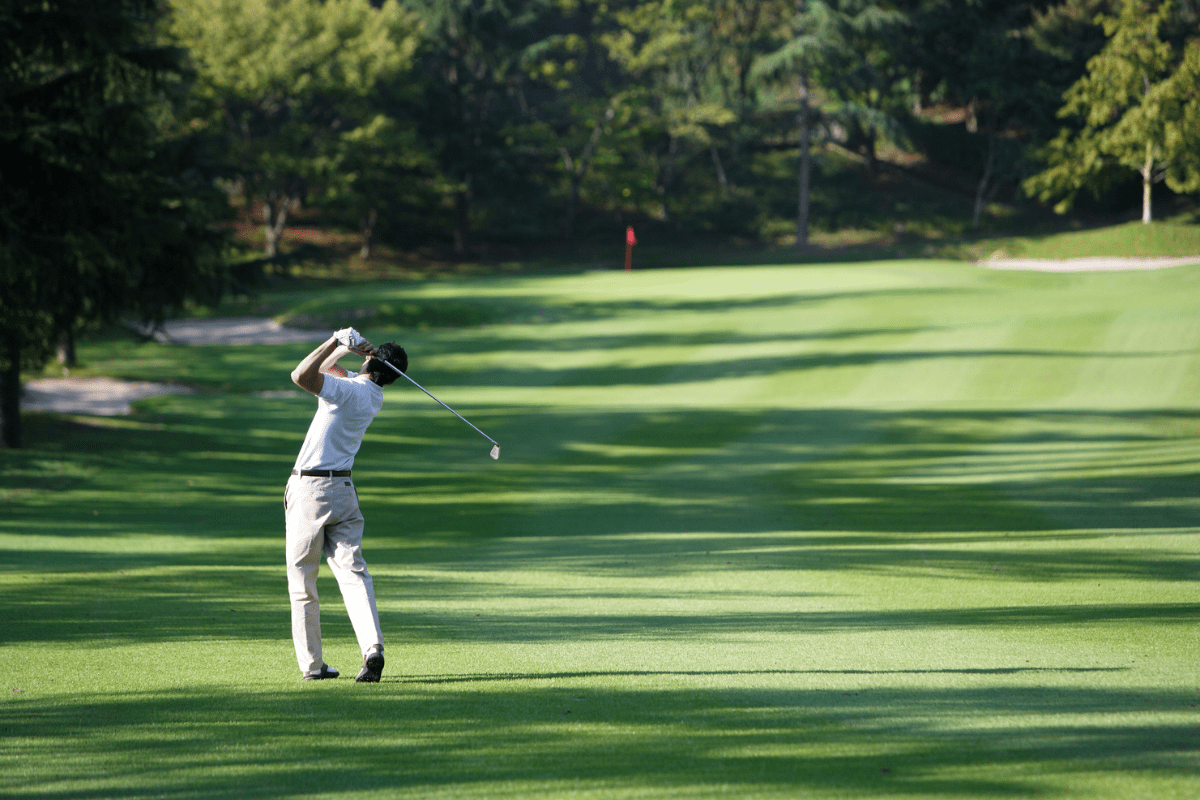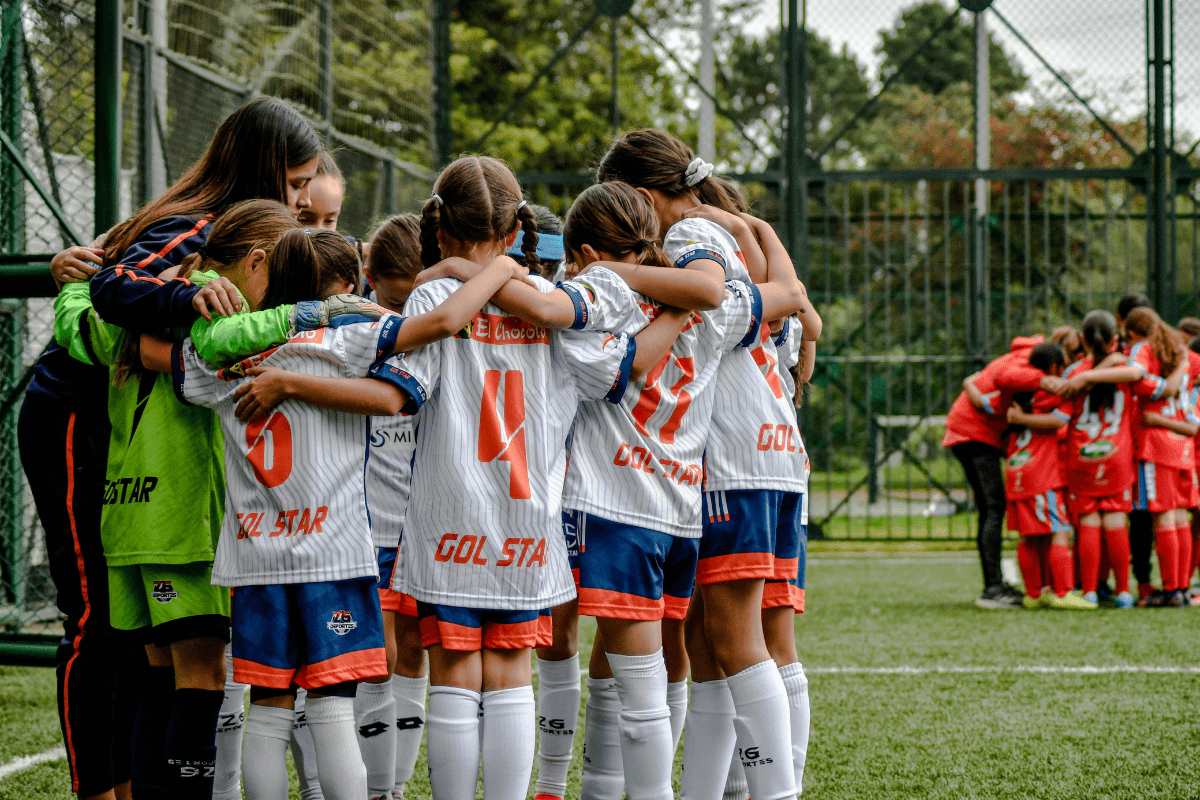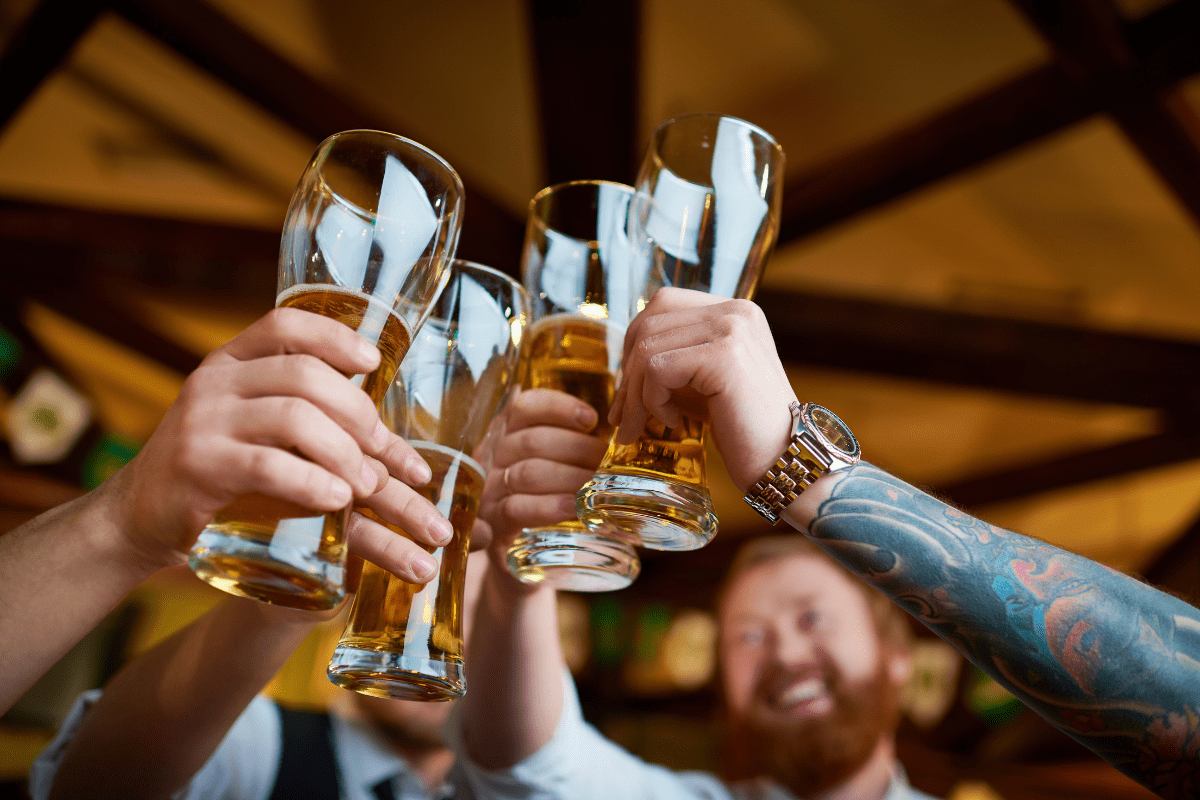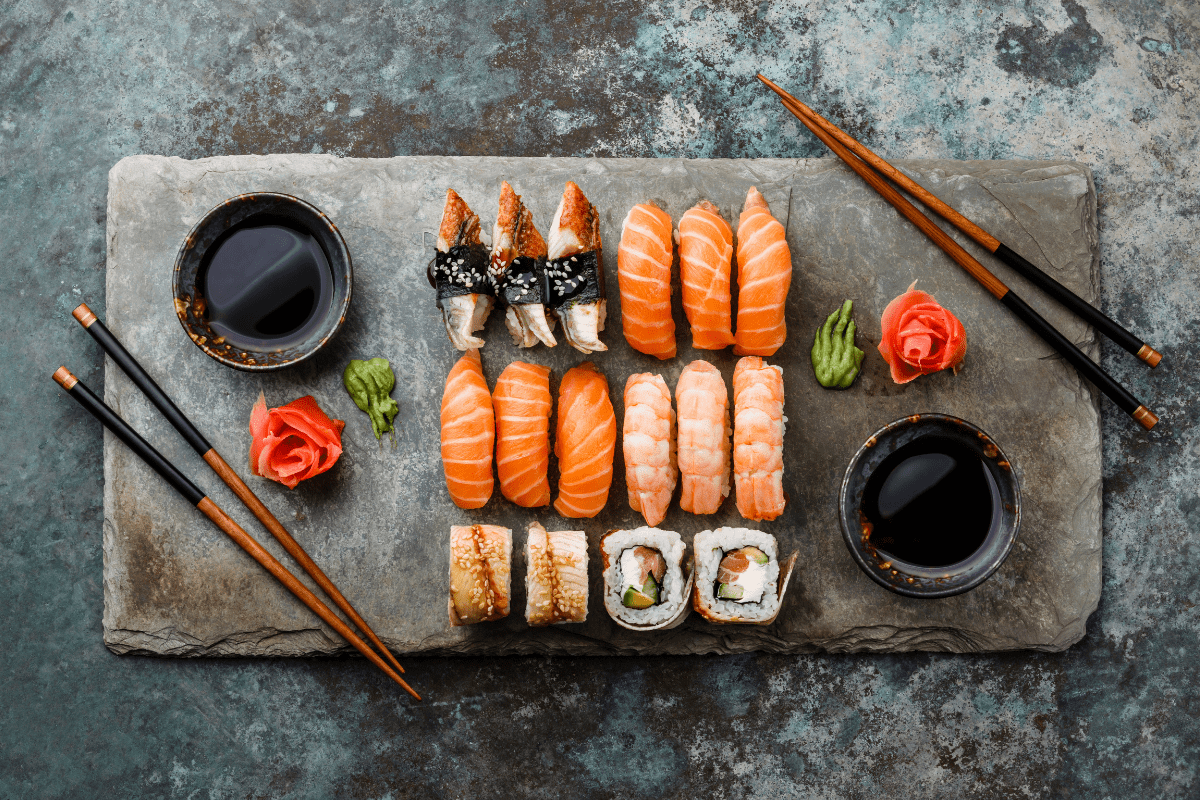Seattle's golf scene reads like a menu where someone accidentally priced the appetizers the same as the lobster. You can play a quick 9-hole round for $19 or drop $275 to walk the same fairways where Jordan Spieth won the U.S. Open, and somehow both options make perfect sense depending on what kind of day you're having.
Seattle's municipal courses prove cheap doesn't mean shabby
The city runs four courses through Premier Golf Centers, and they've figured out dynamic pricing better than most airlines. Weekday rates hover between $46-52, which sounds reasonable until you realize these aren't your typical muni goat tracks.
West Seattle leads the pack
West Seattle Golf Course earned top municipal honors from Golf Digest, which is like being voted best cafeteria food by Gordon Ramsay. The 6,805-yard layout came from H. Chandler Egan, who apparently moonlighted from his Pebble Beach work to design this beauty. The front nine follows Longfellow Creek like a golden retriever chasing a tennis ball, while the back nine climbs uphill to serve you downtown skyline views with your triple bogeys.
There's no driving range, which feels like ordering a burger without fries, but the course conditions make up for it. They let the fairways go dormant in summer, creating firm, fast conditions that'll make your 200-yard drives roll out to 250. Sometimes laziness is genius.
Jefferson Park honors a trailblazer
The course formerly known as Jefferson Park got renamed in 2024 to honor Bill Wright, the first African American to win a USGA championship. The 6,182-yard layout hosted young Tiger Woods, though that fact won't help your score any.
What will help your score: the executive 9-hole course priced at $7.50. That's less than a Seattle latte, and you get actual exercise instead of just jittery hands. The main course offers Duwamish River valley views and glimpses of the Olympics, assuming Seattle's weather cooperates.
Jackson Park stays dry (relatively speaking)
Calling yourself the "driest public course" in Seattle is like being the tallest hobbit, but Jackson Park backs it up with solid drainage. The championship layout stretches 6,212 yards, plus there's a 1,032-yard executive course for when you want golf but also want to make your 2 PM meeting.
The real draw? Their 50-stall covered driving range with 25 Toptracer bays. It's basically TopGolf's responsible older sibling who went to college and got a real job. The technology tracks your shots, offers games, and most importantly, gives you statistical proof that yes, you really do slice it 30 yards right every time.
Interbay offers golf concentrate
Interbay Golf Center distills golf down to its essence: hit ball, find ball, repeat. The 9-hole par-3 course runs $19-21.50, making it Seattle's cheapest golf that doesn't involve sneaking onto private property. Located 10-15 minutes from downtown, it's perfect for lunch breaks or convincing non-golfers that the sport won't eat their entire Saturday.
The facility boasts Seattle's largest driving range with 80 heated stalls, all equipped with Toptracer. Think of it as a golf arcade where you can work on your swing between rounds of virtual Pebble Beach.
Eastside courses: where Microsoft money meets municipal golf
Cross Lake Washington and the golf gets fancier, though not necessarily more expensive if you time it right.
Bellevue Golf Course handles the masses
As Washington's busiest course, Bellevue Golf Course is basically the Costco of golf: crowded, efficient, and surprisingly good value. Dynamic pricing starts around $47 weekdays and $56 weekends, though it fluctuates like cryptocurrency but with less drama.
The tree-lined 6,013-yard layout won't win any design awards, but it's like a reliable Honda Civic – it gets the job done without surprises. The signature eighth hole features an elevated green protected by water and bunkers, because even Honda Civics need one fancy feature.
Their 46-stall double-decker driving range looks like a golf parking garage, complete with covered and heated bays for year-round practice. It's where Eastside tech workers go to hit balls and contemplate their stock options.
Newcastle Golf Club enters premium territory
Newcastle operates two courses that cost more than some car payments. Coal Creek stretches 7,024 yards with views that'll make you forget you just paid $230 for a weekend round. The Robert Cupp design (with Fred Couples consulting, because of course) delivers panoramic vistas from every hole, assuming the marine layer cooperates.
China Creek offers a "budget" alternative at merely expensive instead of extremely expensive. Both courses funnel into a 44,000-square-foot English manor clubhouse that looks like Downton Abbey had a baby with a country club.
Redmond Ridge demands precision
The Golf Club at Redmond Ridge threads through dense forest like a 6,503-yard game of Operation. Touch the sides (trees) and you'll pay the price. The Gary Panks design includes GPS-equipped carts, which you'll need unless you brought a forest guide.
Dynamic pricing hovers around $90, with military discounts available because apparently even course designers support the troops. The target-style layout rewards accuracy over distance, which is golf-speak for "you're going to lose a lot of balls."
Crossroads Par 3 keeps it simple
Some courses try too hard. Crossroads Par 3 in Bellevue just offers nine holes between 63-107 yards, first-come first-served from April through October. No tee times, no reservations, no problems.
They also offer FootGolf, where you kick soccer balls into enlarged cups. It's either brilliant or ridiculous, possibly both.
Championship venues worth the splurge (and the drive)
Sometimes you want to play where the pros play, even if your game looks more like amateur hour at the mini-putt.
Chambers Bay hosted golf's biggest stage
In 2015, Chambers Bay hosted the U.S. Open and Jordan Spieth's victory. The 7,585-yard links-style course sits on a reclaimed sand quarry, which explains why it looks like Scotland had a geological baby with Puget Sound.
Key things to know about Chambers Bay:
- Walking only (carts for disabilities)
- Rates range $125-275
- Exactly one tree on property
- Trains rumble past two holes
- Optional caddie service ($50/player)
The 18th hole can play as either a par 4 or par 5, because apparently even the scorecard has commitment issues. Pierce County residents get discounts, proving that living near Tacoma has at least one perk.
Salish Cliffs earned every award
When Salish Cliffs opened in 2011, golf magazines threw awards at it like confetti at a parade. World's first Salmon-Safe certified course? Check. #1 New Course from Golfweek and GOLF Magazine? Double check.
The 7,269-yard course features 600 feet of elevation change, which is architect-speak for "you're definitely riding in a cart." Located 70 minutes from Seattle near Little Creek Casino Resort, it's owned by the Squaxin Island Tribe who clearly understand both golf and dramatic views.
Gold Mountain offers two flavors
Gold Mountain Golf Club in Bremerton provides 36 holes across Puget Sound. The Olympic Course's 7,038 yards come with a 139 slope rating, which is golf's way of saying "good luck with that."
The Cascade Course offers a gentler alternative, though "gentle" is relative when you're dealing with Pacific Northwest terrain. Both courses showcase how golf architects apparently competed to see who could move the most dirt.
North Seattle's mixed bag of hidden gems
Venture north and you'll find everything from quirky municipal courses to legitimate golf destinations.
Lynnwood Municipal breaks the rules
Lynnwood Municipal decided par 5s were overrated and built 18 holes without a single one. It's like a pizza place that doesn't serve pepperoni – weird but somehow it works. Dynamic pricing keeps rates between $38-42, making it affordable enough to forgive the quirk.
The 50-stall covered driving range stays heated year-round, because Seattle weather doesn't care about your practice schedule. Located at Edmonds Community College, it's where students learn that golf is harder than calculus.
Willows Run Complex does everything
Willows Run doesn't just offer golf; it offers ALL the golf. With 45 total holes, it's like Costco decided to sell golf by the bulk:
- Eagle's Talon championship course
- Coyote Creek championship course
- Heron Links 9-hole par-3
- Rainbow Run putting course
Coyote Creek incorporates water on nearly every hole because apparently the designers were paid by the water hazard. Eagle's Talon recently renovated its bunkers with white sand, making them easier to see and harder to escape.
Harbour Pointe polarizes players
Harbour Pointe Golf Club represents Arthur Hills' only Washington design, and he apparently decided to make it memorable. The front nine plays flat with water everywhere, like golf on a very expensive flood plain. The back nine climbs through elevation changes to reveal Puget Sound views from the 11th hole that make Instagram photographers weep.
The course challenges high handicappers with trouble lurking everywhere, but The Pointe Restaurant earns consistent raves. Sometimes a good meal salvages a bad round.
South Seattle serves comfort golf
Not every course needs to reinvent the wheel. Sometimes you just want to play golf without taking out a loan or hiring a sherpa.
Foster Golf Links celebrates 100 years
Foster Golf Links hits its centennial in 2025, making it older than sliced bread (literally – sliced bread was invented in 1928). The 4,804-yard par 68 layout is perfect for beginners, seniors, and anyone who thinks golf should be fun rather than punishment.
Two par-3s dramatically cross the Duwamish River, providing the only water hazards that actually improve the scenery. Rates run $45-51 with resident discounts, and the renovated clubhouse features Billy Baroo's Smokehouse & Bar, named after the putter in Caddyshack because golf needs more movie references.
Auburn Golf Course got a facelift
Auburn Golf Course recently underwent major renovations, reconstructing nine fairways, 15 greens, and 17 tee boxes. That's like getting new carpet, paint, and appliances in your apartment – everything feels fresh even if the bones are the same.
Weekday rates of $55 ($49 with Player's Card) provide solid value, though reports of slow play with elderly walkers suggest patience is a required club in your bag. The signature waterfall on the 16th hole provides a scenic distraction while you wait.
Maplewood earns its accolades
Maplewood Golf Course won "Best Public Golf Course" four years straight from the South County Journal, which is like being valedictorian four years running – eventually people just assume you're doing something right.
The tree-lined 6,100-yard layout supposedly features the best public greens in the Puget Sound region, though that claim gets made more often than "this is the year the Mariners make the playoffs." The driving range undergoes renovation January-February 2025, so plan accordingly.
Smart booking strategies save serious money
Golf pricing in 2025 works like airline tickets crossed with surge pricing, but predictable patterns exist for those paying attention.
Master the booking window
Book online 7-10 days out for optimal rates. Too early and you pay standard prices; too late and you're fighting for scraps. It's like Goldilocks but with tee times.
Key money-saving tactics:
- Winter rates drop 40-60% (November-February)
- Twilight times after 3 PM
- Super twilight final two hours
- First hour after opening
- Weekday afternoons during school
Leverage loyalty programs
The Oki Golf Players Card covers Newcastle, Redmond Ridge, Trophy Lake, and Harbour Pointe. Premier Golf Centers runs separate loyalty programs for municipal courses. It's like collecting airline miles but you actually use them.
Youth on Course provides $5-10 rates for players 18 and under, proving that golf wants the next generation even if the next generation mainly wants TikTok.
Understand seasonal patterns
Peak season runs May through September when courses look their best and daylight stretches past 9 PM. That's also when everyone else wants to play, so prices reflect basic supply and demand.
Courses with superior drainage (Jackson Park, Willows Run, Chambers Bay) maintain better winter conditions. Mountain courses might frost delay December through February, while valley courses deal with morning fog October through March.
Most importantly: check aeration schedules. Spring aeration typically hits in April, fall aeration in September-October. Playing on recently aerated greens is like putting on bubble wrap – technically possible but deeply unsatisfying.
The bottom line on Seattle golf
Seattle's golf scene mirrors the city itself: diverse, sometimes expensive, occasionally weird, but ultimately worth exploring. Whether you're nursing a hangover at Interbay's par-3 or pretending you belong at Newcastle, there's a course and price point for every mood and budget.
The municipal courses deliver surprising quality for the price, while championship venues justify their rates with experiences you'll either treasure or need therapy to forget. Smart booking, seasonal play, and realistic expectations about Pacific Northwest weather will maximize your enjoyment and minimize your credit card damage.
Just remember: in a city where people pay $7 for coffee and $500,000 for starter homes, spending $50 to chase a little white ball around manicured grass for four hours actually seems reasonable. That's either a ringing endorsement or a sign we've all lost perspective. Probably both.





